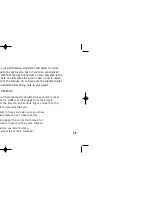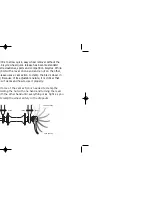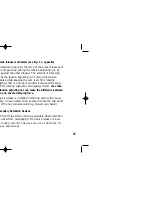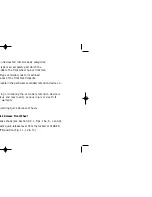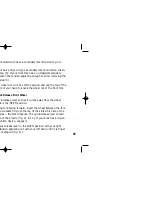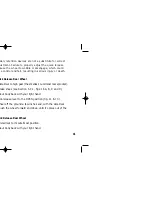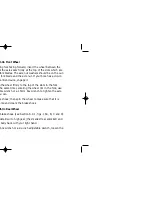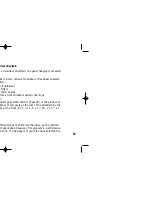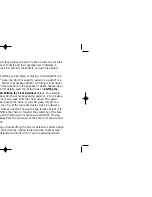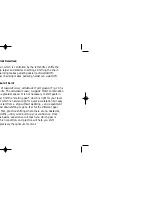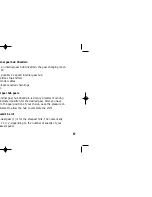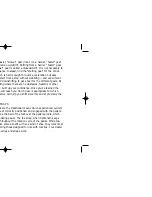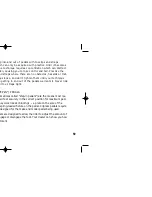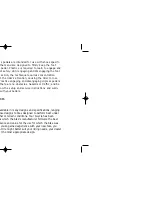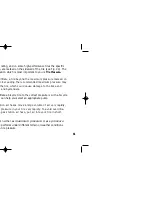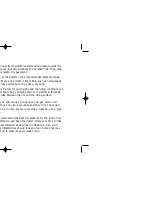
49
consult your dealer
before
riding the bike. The lever reach may be
adjustable; or you may need a different brake lever design.
Most brakes have some form of quick release mechanism to allow the
brake shoes to clear the tire when a wheel is removed or reinstalled.
When the brake quick release is in the open position,
the brakes are
inoperative
. Ask your dealer to make sure that you understand the way
the brake quick release works on
your
bike (see Fig. 16A, B, C & D)
and check
each time
to make sure both brakes work correctly before
you get on the bike.
Brakes are designed to
control your speed
, not just to stop the bike.
Maximum
braking force for each wheel occurs at the point
just
before
the wheel "locks up" (stops rotating) and starts to skid. Once the
tire skids, you actually
lose most of your stopping force and all
directional control.
You need to practice slowing and stopping
smoothly without locking up a wheel. The technique is called
progres-
sive brake modulation.
Instead of jerking the brake lever to the
position where you think you'll generate appropriate braking force,
squeeze
the lever, progressively increasing the braking force. If you
feel the wheel begin to lock up,
release
pressure just a little to keep
the wheel rotating just short of lockup. It's important to develop a feel
for the amount of brake lever pressure required for each wheel at
fig. 16D
fig. 16B
push
fig. 16C
open
2000 owner's manual 10/27/99 10/27/99 11:16 AM Page 49
Содержание Bicycles
Страница 108: ...4 ...

